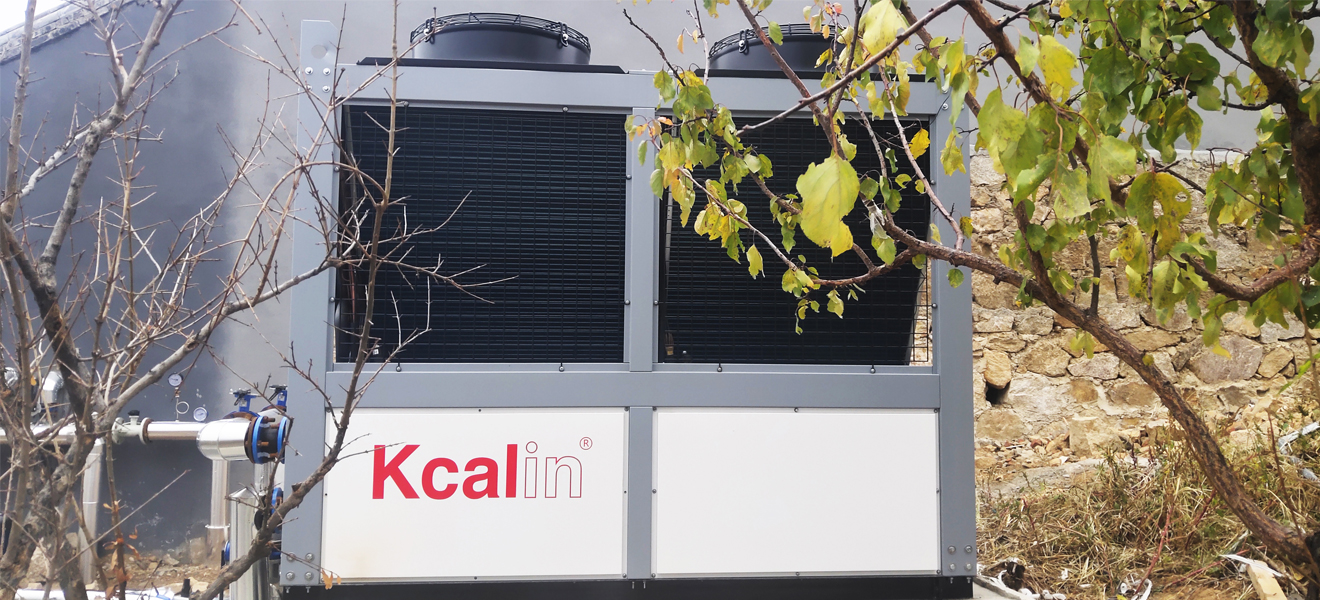In cold winter, air source heat pumps are the perfect choice for many households' heating. They are efficient and environmentally friendly, but sometimes in extremely cold conditions, their heating capacity may decrease, affecting the heating effect.
Why does the heating capacity decrease under extremely cold conditions?
The working principle of an air source heat pump is to absorb heat from outdoor air, then raise the temperature and release the heat into the indoor heating system. In extremely cold conditions, the temperature of the air itself is relatively low, so it contains limited heat. This is one of the main reasons for the reduced heating capacity of air source heat pumps.
When the air temperature is very low, an air source heat pump requires more energy to raise the limited heat in the air to the desired indoor temperature. This may cause the following issues:
Reduce efficiency: The COP of an air source heat pump refers to the unit of heat generated per unit of electrical energy consumed. In extremely cold conditions, COP usually decreases, which means more electricity is needed to generate the same amount of heat, leading to an increase in heating costs.
Increased defrosting cycle: At low temperatures, moisture in the air may condense and freeze on the evaporator of the heat pump, forming ice. In order to remove these ice, the heat pump needs to undergo regular defrosting cycles, which can lead to energy waste and temporary decrease in heating efficiency.
Long term operation: In order to maintain the required indoor temperature, air source heat pumps may need to operate for longer periods of time, which has adverse effects on equipment lifespan and electrical energy consumption.
Methods for Dealing with the Reduction of Heating Capacity of Air Source Heat Pumps

Although the heating capacity of air source heat pumps may decrease under extremely cold conditions, there are still many ways to improve their performance and efficiency:
Auxiliary heating system: Install backup heating systems, such as resistance heaters or wall mounted gas boilers, to provide additional heating in extremely cold weather. This can help air source heat pumps maintain the required temperature while avoiding energy waste.
Regular maintenance: Regularly maintain and clean the air source heat pump system. This includes cleaning the evaporator and condenser, replacing the filter, checking the refrigerant level, etc. A clean and efficient system is more likely to operate well in extremely cold conditions.
Temperature control: Use an intelligent temperature control system to adjust the heating water temperature based on indoor needs and outdoor temperature. This helps to reduce energy waste.
Wind insulation: Good insulation and sealing of the house to reduce indoor heat loss. This can reduce the burden on air source heat pumps.
Upgrade system: Consider upgrading to more efficient air source heat pump systems, especially those designed to operate in extremely cold conditions. The new generation of heat pumps is usually more efficient in cold conditions.
Regularly check the refrigerant: The refrigerant does not leak and is regularly checked and replenished according to the manufacturer's recommendations.
Choosing a suitable location: When installing an air source heat pump, choosing a suitable location can affect its performance. Avoid exposure to extreme cold environments, blizzards, or direct sunlight.
The decrease in heating capacity under extremely cold conditions is a challenge for air source heat pumps, but by taking these measures, their performance and efficiency can be improved to provide comfortable heating during cold winters. When seeking a solution, it is recommended to consult a professional heating system installation and maintenance service provider.







Comment